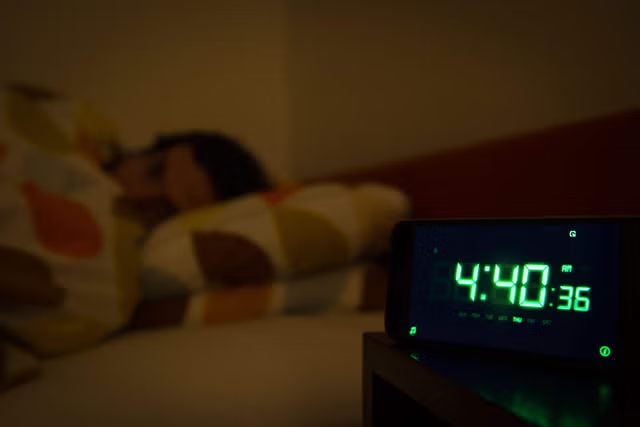Researchers have unraveled new insights into a collection of "beautiful and functional" ancient tools used by Roman surgeons around 2,000 years ago.
A team at the University of Exeter (UE) in the United Kingdom used state-of-the-art scanning technology to examine the six medical instruments, which include a bronze scalpel handle, two surgical probes, two needles and a spoon. These investigations revealed the intricate design and workmanship of the tools, casting light on how they might have been used by Roman medics in ancient Britain.
The artifacts were initially found around 125 years ago at a site along Walbrook, a subterranean river in London. This river was once above ground and played an essential role in the Roman settlement of Londinium, which eventually evolved into the modern city.
"These [medical] instruments illustrate aspects of Roman medical practice—not just ideas and theories but the kinds of interventions into bodies that occurred in the Roman world," Rebecca Flemming, a professor of ancient Greek scientific and technological thought, who has been studying the tools, told Newsweek.
"They show that these practices were empire-wide—roughly the same instruments are found in Italy, Britain and Syria, for example—and that the population of Londinium had access to similar medical provision to other small cities in the [Roman] Empire."
Flemming and colleagues investigated the objects in the University of Exeter's Science, Heritage and Archaeology Digital 3D (SHArD 3D) Laboratory using a CT scanner. This piece of equipment can reveal what lies below the surface of objects.
"The aims here were to explore the general applicability and utility of 3D-imaging techniques for these kind of instruments—metal, with corrosion, long and thin, et cetera—as well as to discover more about these specific artifacts, which are very fragile and so must be treated with care. These are importantly non-invasive techniques," Flemming said.
"New technologies allow us to investigate ancient objects in novel and exciting ways, revealing so much more about their design and manufacture, their capabilities and use," she said in a press release.
The research confirmed and expanded the utility of 3D imaging for these kinds of objects while also revealing a number of "key" details that had previously been obscured.
"The little scrolls—functional and decorative—on the scalpel handle are the most obvious. But some of the details on the two different needles/needle-like instruments are also intriguing. For example, the secondary hole in the more complex 'needle,' which might be designed for a specific operation," Flemming told Newsweek.
"You can see the attention devoted to crafting the socket where the iron scalpel blade was originally inserted into the bronze handle. The tiny scrolls are both beautiful and functional, making it easier to replace worn blades over the lifetime of the instrument," she said in the press release.
"It is only the bronze that now survives, alongside Greek and Roman medical texts referring to these implements and describing the kinds of surgical interventions in which they were involved."
According to Flemming, Roman surgeons would have used the scalpel for operations and therapeutic procedures, such as bloodletting. The probes, meanwhile, were probably used to carry out preliminary steps prior to surgery, such as examining wounds and fractures and clearing wax out of ears. The spoon was likely used to mix medications, and the needles were used to sew bandages.
"The wider application of 3D imaging to the rich collections of ancient Roman (and Greek) surgical instruments held in museums around the world would have substantial benefits in terms of greater appreciation of the design and craftsmanship involved—that these were objects and practices to which much attention was paid in terms of attempting to optimize the tools used," Flemming said.
"It would also be useful in terms of finding connections between objects that were found in diverse locations across the Roman Empire, seeing trends and patterns, and indeed connections between objects now in distant museum collections."
Do you have a tip on a science story that Newsweek should be covering? Do you have a question about archaeology? Let us know via science@newsweek.com.
Disclaimer: The copyright of this article belongs to the original author. Reposting this article is solely for the purpose of information dissemination and does not constitute any investment advice. If there is any infringement, please contact us immediately. We will make corrections or deletions as necessary. Thank you.



